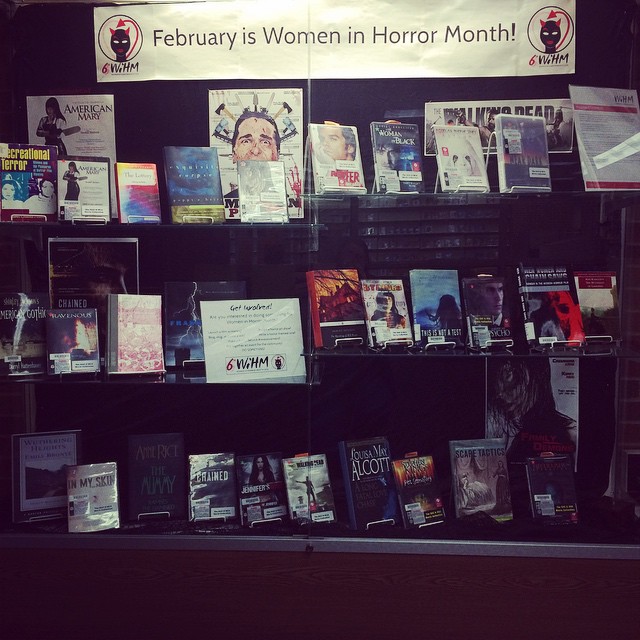













(Can you find the phantoms pictured above mentioned below?)
When I was in high school, the frenzy over the Andrew Lloyd Webber musical The Phantom of the Opera was in full sway, at least for the theater geeks. In the days before there were places to share fanfiction online, my friend Mindy filled legal pads with stories that put her in the role of Christine Daae. I cannot ever begin to tell you how many times I listened to the music, forwarding and rewinding to the best parts (yay for audiotapes)! I saved money for six months to go on the drama club field trip to New York where we stayed in a ratty hotel near Times Square and saw Broadway shows every night, of course including Phantom of the Opera. That show, in what I remember as an enormous, elegant theater, pulled us in to become a part of it. I’ll never forget the giant crystal chandelier over the audience crashing down onto the stage (not over me, because I was in one of the cheap balcony seats high up in the back– but what a view)! That show, along with The Mystery of Edwin Drood, which I also saw on that trip, slammed home to me the power of live performance. I loved musicals before, but I’ve been an opera fiend ever since.
But I am a reader. And having learned that the musical was based on a book, I tracked down my own copy of the novel by Gaston Leroux and read it cover to cover, including the introductory notes. I must have a shorter attention span these days, or maybe it’s trying to read it while also putting the kids to bed that made it difficult to get through the first pages, but as with Frankenstein, it’s worth it. You can get lost in Leroux’s Paris Opera House, where the novel is set. It’s not difficult to see how the superstitious could come to believe their theater was haunted. Lloyd Webber couldn’t replicate the details of Leroux’s book, but in a theater, suggestion is a powerful element in establishing setting. I looked forward to seeing how the musical would translate to film. And it didn’t, really. Trying to include the minute details that work so well in the book onto the screen just didn’t have the power of either the story or the musical, and it failed them both. The sad truth is that, as much as book lovers often say that the adaptation failed because it wasn’t true to the book, sometimes the adaptation fails because it tries too hard.
The classic horror film is a totally different creature. I have to admit I have never seen it all the way through. I have seen the unmasking scene, though. There is something about black and white that strips a story down to its basics, and Lon Chaney, Sr. is terrifying, with makeup, lighting, and camera shots combining to make some very scary moments. I was introduced to this short video of the unmasking scene that shows two different versions of the unmasking scene, the original and the one most of us are familiar with, and in the original, it appears that he is looking straight out at us as his disfigured face emerges from the shadows in a very menacing way.
Since I haven’t seen the entire thing I can’t say for sure how it compares to Leroux’s novel, but I can say this, just from watching these two versions of the same scene– it doesn’t take much to alter the look, meaning, and feel of a story or character. Small changes make a big difference.
It’s kind of astonishing, the ways the Phantom of the Opera has morphed through our culture, taking its place in the pantheon of iconic monsters we learn about even from picture books and poetry (like Adam Rex’s Frankenstein Makes a Sandwich). There are references and appearances everywhere, from video games to music, romance novels to children’s series books(the Bailey School Kids strike again!), comics to television cartoons. While sometimes he’s still presented as a frightening monster, he’s not threatening to most people today in the way he once was. The Phantom doesn’t get the kind of press the major monsters do, so librarians take note: tis the season to find those variations and give them the spotlight. There’s something there for everyone, from Twilight-loving teens and tweens, to horror fans, to seven year old monster lovers (I’m not going to list them here, but Amazon shows at least a dozen adaptations for children at varying reading levels).
Whether he’s presented as a disfigured monster, a romantic antihero, or a rooster who dreams of singing opera, though, the masked Phantom can awaken imagination, and, I hope, draw them in to his world, opening eyes to the many forms of the music of the night.
 Here’s what Lizzy had to say about her guide:
Here’s what Lizzy had to say about her guide:










Follow Us!